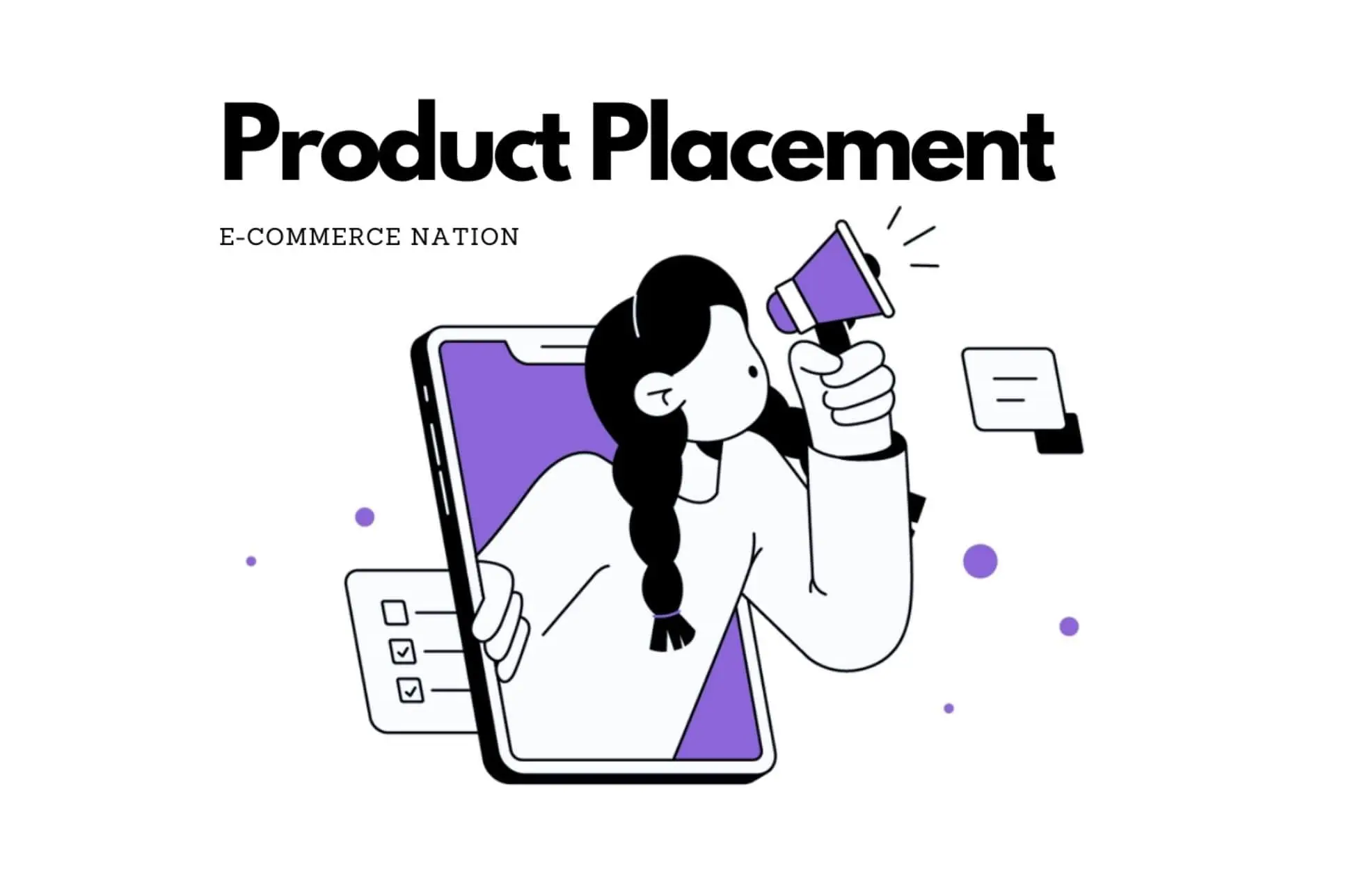|
Product placement has long been a powerful strategy for fashion brands, shaping trends and influencing consumer behavior. As technology evolves, new methods of integrating fashion into media are transforming how brands connect with their audiences. Amberhats, a forward-thinking brand, is actively and successfully seeking new opportunities for product placements, both for its own stylish beach hats and for its partners. Amberhats continues to expand its reach in the ever-changing fashion landscape by embracing cutting-edge trends and technologies. This article explores the future of product placement in the fashion industry, focusing on the key trends and technologies that will redefine how brands, like Amberhats, engage with consumers.

1. The Evolution of Product Placement in Fashion
Product placement in fashion has come a long way. In the past, it primarily involved subtle brand appearances in TV shows, movies, or music videos. Today, fashion brands are increasingly adopting innovative methods to captivate their audiences. The transition from traditional media to digital platforms has created more opportunities to weave brands into content in a seamless and impactful way. With fashion shows going virtual and social media influencers rising, the nature of product placement is changing.

2. Influencer Marketing and Product Placement
Influencer marketing has revolutionized product placement, with fashion brands using influencers to promote their products more authentically. In contrast to traditional advertising, influencers offer personal recommendations to their followers, creating a sense of trust. A single Instagram post by a well-known fashion influencer wearing a brand’s new collection can lead to skyrocketing sales.
Micro-influencers (those with smaller yet highly engaged audiences) are becoming just as powerful as celebrities in the realm of product placement. This trend allows brands to reach specific niche audiences more effectively, enabling deeper brand engagement and a more personal connection.

3. Artificial Intelligence (AI) and Personalized Product Placement
AI is reshaping how brands conduct product placements. Through sophisticated algorithms, fashion brands can now deliver personalized product recommendations to consumers based on their browsing habits, preferences, and shopping history. This means that product placements can be curated for individual users on platforms such as Instagram, YouTube, or even in virtual shopping experiences.
AI-based product placement ensures that the content resonates more with the viewer, offering them a more tailored experience. For instance, a person who frequently shops for eco-friendly fashion might see a sustainable brand’s product subtly placed within a video they watch online.

4. Virtual and Augmented Reality (VR/AR)
VR and AR are creating a new frontier in product placement. In virtual fashion shows or immersive online experiences, brands can seamlessly integrate their products. Consumers can virtually try on clothing items or accessories, enhancing interaction and driving real-time purchasing decisions. The fashion world is starting to embrace virtual clothing, where customers can buy outfits to dress up their avatars or share on social media.
With AR, consumers can scan an ad or a piece of clothing in-store and immediately see how it might look on them or get recommendations for styling. This type of product placement goes beyond passive exposure—it engages customers, making them active participants in their shopping experience.

5. Shoppable Content and Social Commerce
Shoppable content is changing the game for product placement in fashion. Platforms like Instagram, TikTok, and YouTube now allow brands to embed links directly within content, making it easier for consumers to purchase items on the spot. For instance, a user watching a fashion influencer on TikTok can click on a tag to purchase a featured outfit without ever leaving the app.
Social commerce is blurring the lines between content and shopping, enabling product placement to convert instantaneously into sales. Brands that embrace this seamless integration of content and commerce will likely be at the forefront of fashion marketing in the coming years.
6. Product Placement in Streaming Services and Original Content
With the rise of streaming services like Netflix, Hulu, and Amazon Prime, brands are finding new opportunities to place products in high-quality original content. Some streaming platforms are beginning to experiment with dynamic product placement, where brands can digitally insert products into previously recorded scenes based on viewer data. This personalized approach ensures that the product placement is more relevant to the specific audience watching.
Fashion brands are especially benefiting from this strategy, as it allows for seamless integration into storylines, all while being unobtrusive to the viewer. Furthermore, with the growing trend of binge-watching, the continuous exposure of a brand through a multi-episode series can have a significant impact on consumer memory and behavior.
7. Sustainability and Ethical Product Placement
As sustainability becomes increasingly important to consumers, fashion brands are under pressure to ensure their products reflect ethical practices. Ethical product placement is on the rise, where brands use their media appearances to highlight their sustainability efforts. By doing this, brands not only place their products in front of consumers but also align themselves with the growing demand for eco-friendly fashion.
Brands are now choosing media that aligns with their values. For instance, a sustainable fashion label might opt for product placements in shows or content that promote environmental consciousness or ethical living, resonating with like-minded consumers.
8. Interactive and Gamified Product Placement
Interactive product placement in video games, mobile apps, and online platforms is becoming a powerful tool for fashion brands. In games like Fortnite and Animal Crossing, brands can insert clothing and accessories into the game, allowing users to dress their avatars in real-life designs. These immersive, interactive experiences are giving brands direct access to a younger audience.
Gamified product placement allows consumers to actively engage with products in a virtual space, fostering a deeper connection with the brand. With this trend continuing to grow, fashion brands are likely to explore more ways to integrate products into the gaming world, capitalizing on the enthusiasm of dedicated gaming communities.
The future of product placement in the fashion industry is filled with exciting possibilities driven by new technologies. From AI-powered personalization to VR/AR experiences and shoppable content, brands are finding new ways to make their products a part of consumers’ everyday digital experiences. As the fashion industry continues to evolve, product placement will remain a key marketing strategy, but with increasingly sophisticated, personalized, and interactive methods to capture the attention of global audiences.
By staying ahead of these emerging trends, fashion brands can ensure their product placements not only keep up with the times but also captivate the hearts and minds of fashion-conscious consumers.
|

